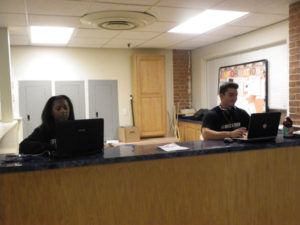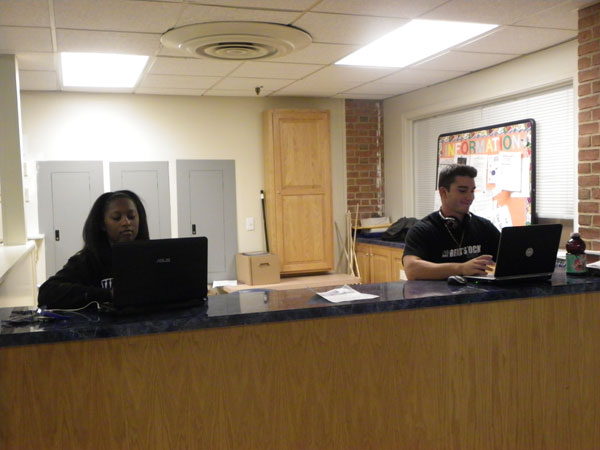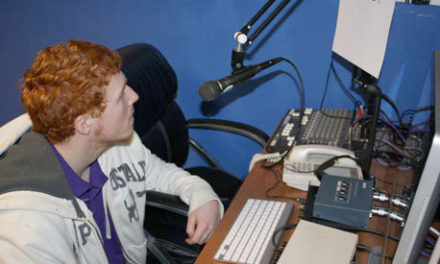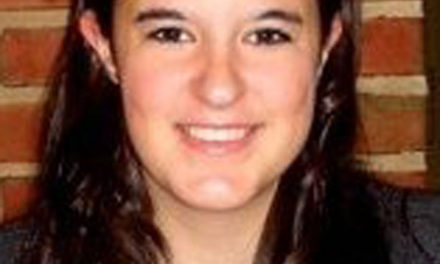 By Kim Manahan ( Whetstone Staff Writer)
By Kim Manahan ( Whetstone Staff Writer)
Making money on campus will be harder this year.
Especially for the 45 students who failed to attend the mandatory work study orientation sessions and lost their jobs.
“Our office holds a series of mandatory “work-study†orientation sessions for awardees at the beginning of each year,†said Michael Hall, financial aid manager at Wesley. “Students only need to attend one meeting, and this year we held seven separate sessions to accommodate student’s varying schedules. “
Even giving students seven chances proved not to be enough.
At each mandatory session, students turn in payroll paperwork, and receive a brief overview of what is expected of them. The sessions are required for a student to retain their Federal Work-study award.
“Jobs are not assigned, but instead awardees seek employment from a list of open positions posted on our website,†he said.
There are 219 students this year who are receiving federal work study.
“Last year almost 600 students were on work study,†Hall said.
But it’s not only because of the students who didn’t show up.
The federal government reduced Wesley’s work-study program.
“A lot of students rely on it, especially in this job market,†Hall said. “We know students need these jobs to supplement, and a lot have used work-study in the past.â€
This is a problem across the country.
The number of work-study jobs has dropped by 162,000 for the current academic year, according to U.S. News and World Report.
In the past, students have been able to find employment at the Dover Mall, but those jobs aren’t there now, he said.
These decisions were made this spring, which is late in the award year.
“It was late enough that we had given estimated awards and had to go back and re-do them,†Hall said. “It affected everyone.â€
Other aid programs have also been cut by the federal government.
The number of students receiving SEOG (Federal Supplemental Educational Opportunity Grant) dropped to 314 from 418 last year.
This year, only 17 students received a Perkins loan, as opposed to 55 last year.
“Typically we keep it at $2,500 per student,†Hall said. “The Perkins loan is offered to students who have no or very little alternatives and already have received the maximum amount of institutional aid.â€
More students are receiving aid from the Pell program, however.
This year, 710 students are receiving the Pell grant; 598 got it last year.
Pell is an entitlement program awarded through the Department of Education.
The Pell is determined by how much the family of the student can contribute versus the cost of attendance, he said. “It looks at contributions from the family and tells us what the student needs.â€
Students who participate in work study receive $2,250 per year, and work for $7.50 an hour.
“They work 150 hours a semester,†Hall said. “That is ten hour a week.â€
Work Ship, which is the same as Work Study but is run by Wesley and is not need-based, has not changed.
Depending on the budget, 40-65 students received work ship per semester, Hall said. “Work study is primarily federal.â€




